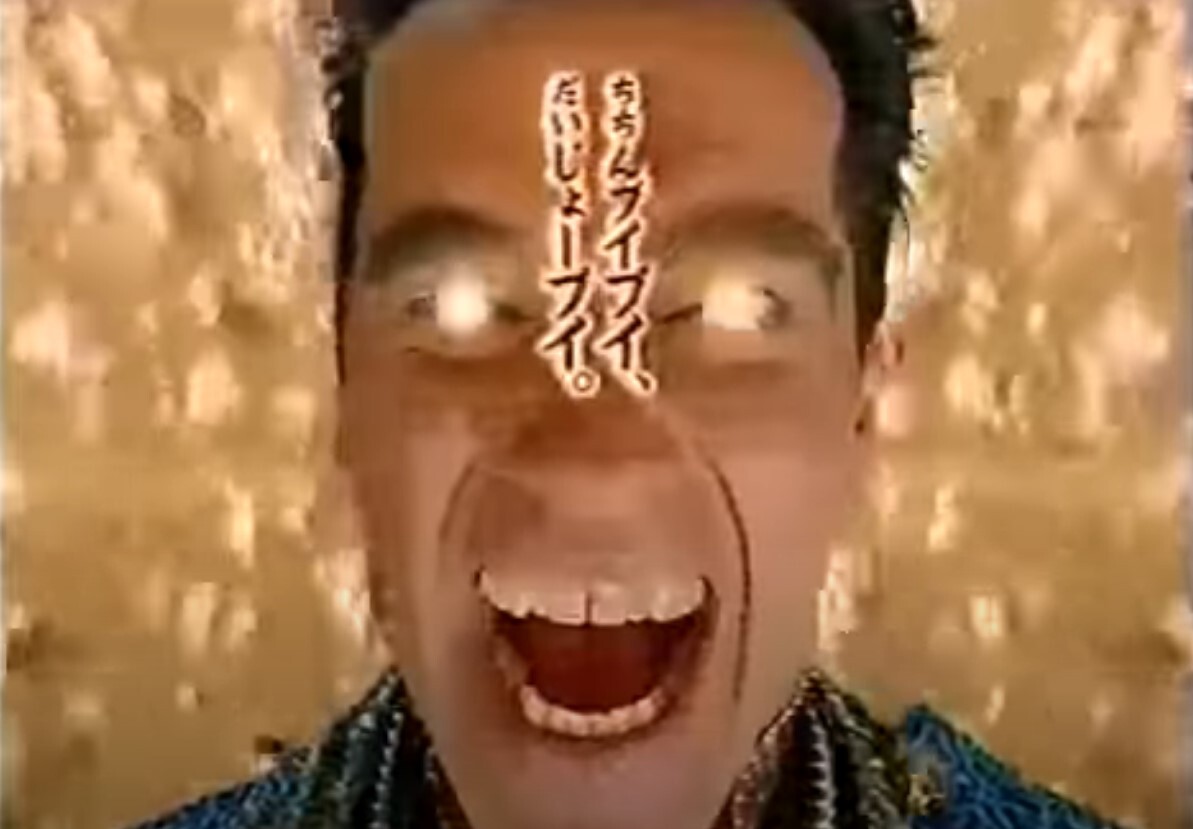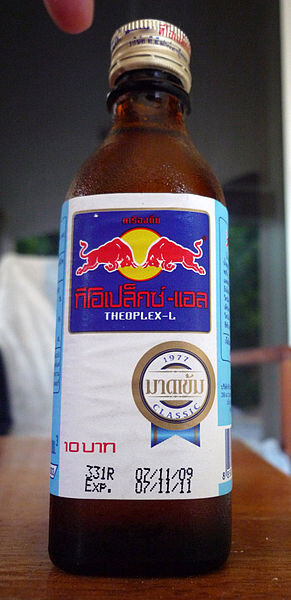A Timeline Of The Energy Drink: From Thai Laborers To Pro Gamers

For the vast majority of modern existence, when the human race looked to an energy boost, they looked to the miracle molecule known as caffeine. Primarily through brewed beverages like coffee and tea, but also in lower amounts in sodas and other ready-to-drink formulations. For all this time, caffeine seemed to ably fill the needs of the droopy-eyed. But around the turn of the 21st century, caffeine was left floundering in the dust with the explosion of the modern energy drink. Diner mugs of black coffee and red-eyes, which used to be the top of the stimulation ladder, found themselves outpaced by a new genre of heart rate raisers.
The absolute market explosion experienced by these energy drinks is awe-inspiring, going from a one-or-two brand novelty around the late 1990s into something that now commands a section of gas-station fridges that rivals that of beer or soda. One only needs to check college library recycling bins or the aftermath of a late night and the evidence of this takeover is apparent in discarded aluminum. For those of us old enough to remember seeing our first quirky Red Bull commercials, and wondering exactly how it “gave you wings,” it almost feels like an entire industry materialized before we knew what was happening.
So when exactly did the modern energy drink begin, and how did it ascend to the throne so quickly? Let’s take a quick journey through the evolution of the drinks that have helped keep sleep-deprived college students and coders’ eyes vibrating. One quick note that I’ll be attempting to avoid things like over-caffeinated sodas, or other drinks that marketed higher energy but lived within the normal soda and beverage market. Anyway, let’s crack this open.
1962 - Taurine
It’s in the year 1962 that we find the first drink to be considered an “energy drink.” This comes from Japan, where there was great demand for a new quick energy boost after the government had outlawed the previous favorite, which was, well, straight up amphetamines. The Taisho company saw this gap in the market and created a tonic that they called Lipovitan. Though this was the first energy drink, it was decidedly more medicinal in vibe than the colorful variety of flavors energy drinks offer nowadays.
It reportedly resembled cough syrup in look, smell, and taste. What really makes it the forefather of the modern energy drink, however, was the inclusion of Taurine. Though decades later, schoolyard chemists would start claiming, along with Mountain Dew’s power to shrink your testicles, that taurine was extracted from bull semen, that’s not true. 6th graders just love to say that whatever you’re drinking is related to a penis somehow.

Taurine is an amino acid that DOES have some connection to horned beasts, though much more innocent in nature. It’s also been around for a long time, first isolated from the bile of an ox, or Bos taurus, in the year 1827. Researching the chemical, its effects are far more amorphous than a direct link to “more energy.” As far as I can tell, the inclusion in an energy drink probably comes from its reported possibility of boosting exercise performance through delaying muscle fatigue and enhancing muscle contractions.
However hazy taurine’s exact benefits might be, it became the keystone for many energy drink formulations, and is still included in many modern versions.
1976 - Red Bull Rears Its Head
In Thailand, Chaleo Yoovidhya, the owner of a pharmaceutical company, formulated a drink, introduced in 1976, that was meant to revitalize tired laborers. It was called Krating Daeng, which translates to “Red Gaur,” gaur being a native, bull-like animal of Thailand. Including taurine, as well as B vitamins and caffeine, it was far from the neatly marketed cans you see in branded freezers today. It came in small glass bottles, and was uncarbonated. One detail remains undeniably linking the modern beverage with its predecessor, which is a logo that shockingly remains unchanged, and now reigns ubiquitous across half-pipes and race car decals.
1984: Red Bull Breaks Out
It was far from the smash hit the later iterations of the drink would become, and never left Thailand. Until an Austrian businessman, Dietrich Mateschitz, stumbled upon the revitalizing dram while suffering from jetlag. When the tiny but powerful bottled beverage cured his woes, he tracked down the inventor, smelling potential and money in the air.
He worked to reformulate and refine the tonic into a form that would appeal to western tastes, and perhaps feel slightly less threatening than a tiny glass bottle that feels lifted off a pharmacy’s back walls. More sugar was added, the iconic cans we know today became the drink’s new home, and a bit of refreshing carbonation was piped in.

1987: Red Bull Charges Into Europe
In 1987 Dietrich unleashed the new Red Bull to the masses in his home of Austria, and it immediately becomes a massive hit, especially among the tired students that still rely on it to pass unstudied-for exams today.
1997: Red Bull Goes West
Jack Dadam was an American owner of the North American Beverage Company, which imported and exported drinks across the world. On a trip to Europe, he noticed that no matter where he went, there was a slim, blue and silver can occupying the drinking hands of people everywhere. That drink was Red Bull, and Dadam realized he might be just the man to break this beverage in the United States. He contacted our good pal Dietrich, and in April 1997, the stage was set for Red Bull’s arrival.
Utilizing marketing tactics such as sponsoring extreme sports events and even discarding empty Red Bull cans near popular nightclubs, Red Bull took little time before it was a bona fide beverage sensation in the United States. Even today, Red Bull is deeply connected with the extreme sports world, gracing the helmets of upside-down athletes all over.
2001: Blood In The Water
It didn’t take long for other would-be beverage moguls to notice that there was a massive market that lay massively unsaturated. Quickly, the market was flooded with similar energy drinks, most notably the brands Rockstar and Monster energy, that still remain the other two brands in the effective energy drink Holy Trinity.
The sheer variety of energy drinks has only further exploded today, with a selection of cans decorated like an edgy teen’s trapper keeper stocked deep on the shelves of any store with a refrigerated section. What started with Thai laborers seeking a quick burst of energy after a hard day fathered an entire industry of refreshment, one that’s spotted everywhere from the back of an MMA fighter’s trunks to the hands of a bleary-eyed UX designer attempting to make deadline.
Top Image: Public Domain/RoyalBroil





